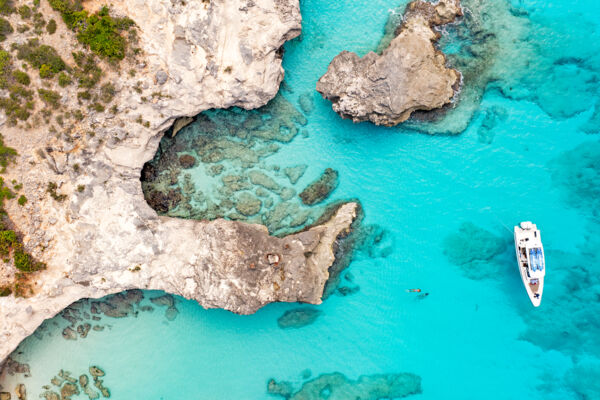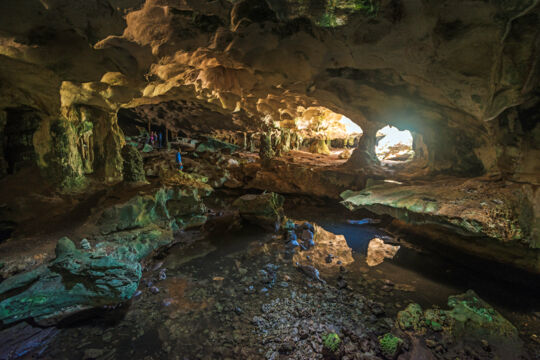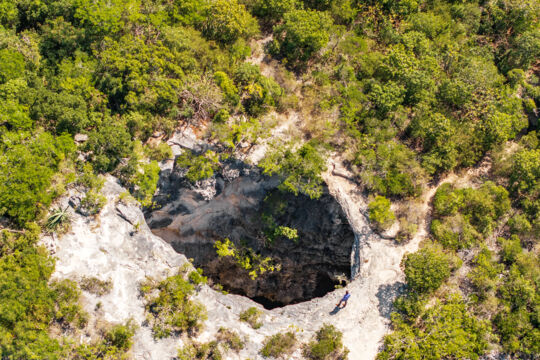Providenciales Natural & Historical Attractions














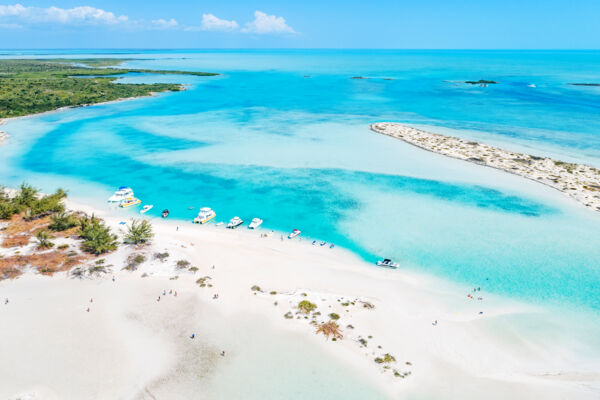
Tired of lounging on Grace Bay Beach? Check out some of the fascinating natural and historical sites that Providenciales has to offer. Many of the beautiful sites here revolve around the island’s incredible natural beauty, which you can observe on its beaches, coasts, and in its wetlands.
Unlike many countries in the region, the Turks and Caicos Islands does not have any large forts, sugar cane plantations, or rum distilleries to visit. Most sites are not very extensive, so you’ll be able to visit quite a few within only a few hours of exploring by car. Simply decide what you’d like to see, consult the map, and discover Providenciales.
The Turks and Caicos Islands offers dozens of uninhabited cays (several near Providenciales), and many of these destinations harbor exquisite beaches, unspoiled landscapes, and interesting historical sites.
Boat excursions, which are a top vacation activity in the Turks and Caicos Islands, often visit these islands. These tours departing from Providenciales also usually include a stop at a snorkeling reef and Little Water Cay, the home of the friendly Turks and Caicos Rock Iguana. Conveniently, boat cruises typically include complimentary Grace Bay Beach pickup from your hotel, so you won’t have to worry about transport.
For more information on what to do, see 18 Best Attractions in Turks and Caicos.Chalk Sound
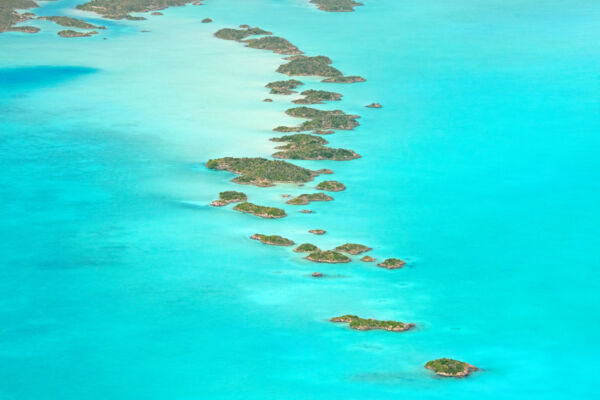
The vibrant turquoise water and hundreds of small, rocky cays of Chalk Sound National Park is a must-see when visiting Providenciales. The water of this sheltered lagoon is especially brilliant at midday, and the electric color of the water is truly breathtaking.
A unique and intricate type of terrain can be found in parts of Chalk Sound and the Frenchman’s Creek Nature Reserve. Locally called ironshore, this formation is composed of exposed bits of weather-sculpted limestone interspersed with patches of stunted, salt-resistant vegetation. Evidence of the Karst process of dissolution is evident as well, with miniature sinkholes and caves being quite common. Globally, the ironshore landscape is incredibly rare, but can be found in the Turks and Caicos, the Cayman Islands, and the southern Bahamas.
Wetlands and Waterways
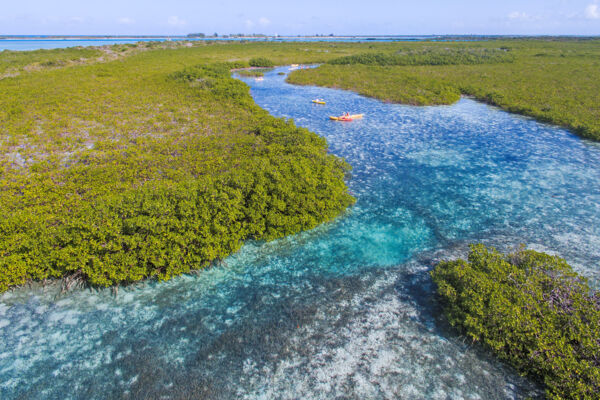
Outpaced only by the excellent beaches found throughout the country, the spectacular and pristine tidal marine wetlands of the Turks and Caicos are a fascinating ecosystem to explore.
The wetland islands of Mangrove Cay and Donna Cay, found close off of Leeward on Providenciales, are the most popular kayaking and paddleboarding locations on the island due to their ease of access.
There are several protected nature regions on the west coast of Providenciales as well. Although they are spectacular, they are remote and less frequently visited. Two such areas are Northwest Point and West Harbour Bluff, which offer majestic coastlines.
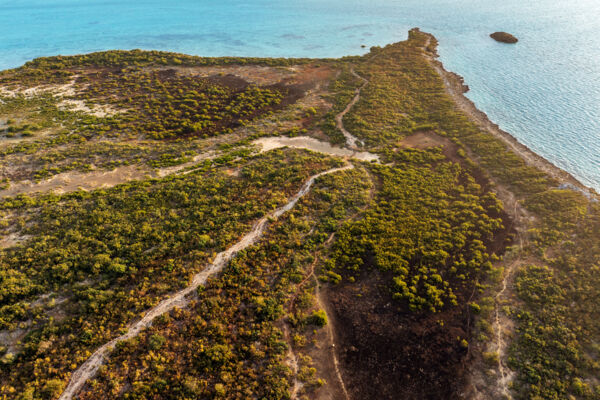
A bit wilder are the interior wetlands of Frenchman’s Creek, which are excellent for birdwatching and nature photography. Ospreys and brown pelicans can often be seen sailing by in these beautiful wilderness areas.
On the east coast is Bird Rock Trail, the only established hiking trail on Providenciales. This relatively easy (though often hot) path is frequented by a range of bird species, including green herons, Antillean nighthawks, and mangrove cuckoos, and weaves through picturesque tidal wetlands and marsh.
If you’d like to explore the mangrove channels and see juvenile sharks, stingrays, turtles, fish, and queen conch, the best way is to book a guided kayak or paddleboarding eco-tour with one of the local water sports businesses.
For more suggestions on wild places to explore, see our guide to the national parks and nature reserves of Providenciales.
Historical Sites
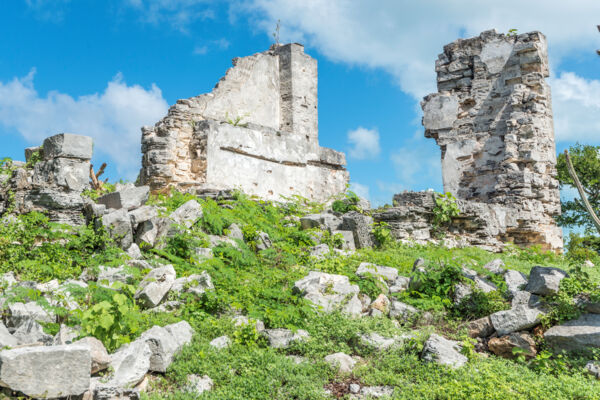
Whereas the Turks Islands of Grand Turk and Salt Cay had the sea salt industry generating income, the Caicos Islands supported cotton and sisal plantations.
During the height of the plantation era, Providenciales had about six expansive plantations, which were constructed by Loyalists who left the budding United States after the War of Independence. Cheshire Hall Plantation near Downtown is the only such site open to the public today.
There are several areas where you can find centuries-old rock inscriptions from shipwrecked sailors on Providenciales. The rock carvings at Sapodilla Bay Hill range from the mid-1700s and well into the 1800s. You can also find carvings at West Harbour Bluff, near Split Rock.
Museums and Educational Attractions
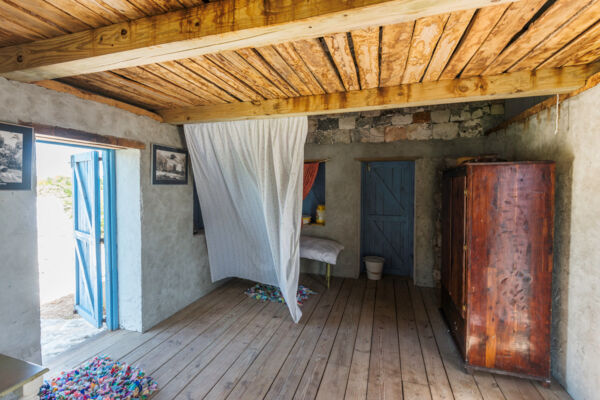
The Turk's Head Brewery is one of the few indoor land attractions on Providenciales, and it offers interesting tours. The on-site tap and tasting room also sells exclusive brews that can’t be found elsewhere.
There are only a few other indoor attractions on Providenciales. As small sites, they tend to be inexpensive to visit.
The Providenciales branch of the Turks and Caicos National Museum houses a limited indoor collection of artifacts, in addition to a small botanical garden with native plants and a replica 1800s-era Caicos home. However, there are plans for a modern and large complex in the future. Visits typically take an hour.
Near the Providenciales International Airport, the privately-owned Junkanoo Museum contains a two-room collection of costumes, percussion instruments, props, and other items and memorabilia of local junkanoo band We Funk. Often, they'll let you try on the costumes.
The National Environmental Centre, located opposite the Children’s Park Bight Beach access, is home to a small exhibition hall and offers insights on the geology and ecology of the Turks and Caicos. There’s fascinating information here on the endemic and indigenous plants and animals of the Turks and Caicos.
Unfortunately, the Caicos Conch Farm is no longer in operation. This fascinating place was once a top tourist attraction on Providenciales, yet was damaged by Hurricane Irma in 2017 and was shut down.
Day Trips and Visits to Other Islands
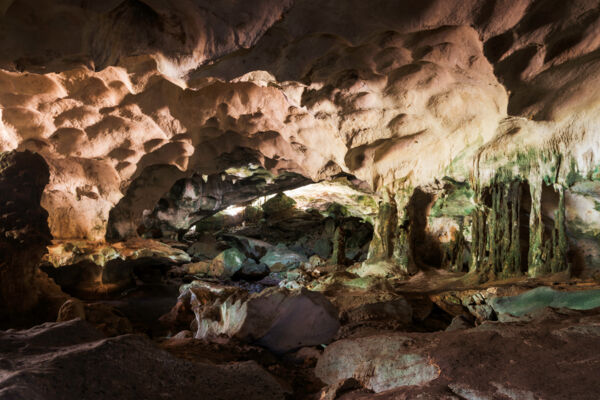
If you’re interested in natural and historical sites, consider taking a day trip from Provo to one of the outer islands.
Along with being home to some of the best landscapes in the Turks and Caicos, North and Middle Caicos offer caves, blue holes, and Loyalist plantations to explore. The majestic Mudjin Harbour on Middle Caicos is one of the most impressive coasts in the country.
While Grand Turk is famous for its scuba diving, the island is likewise a great destination for history buffs, with the National Museum, the country’s only lighthouse, salinas, and old Cockburn Town.
Salt Cay and South Caicos, largely untouched by tourism, likewise have fascinating remnants of the salt industry, with complex networks of walls, salina gates, and inlets.
A great family activity is a boat cruise visit to Little Water Cay and Half Moon Bay. There, you’ll see an uninhabited island (no hotels or resorts lining the beach), an exquisite beach, and the endangered Turks and Caicos Rock Iguana. Food and drinks are often included on boat charters.

